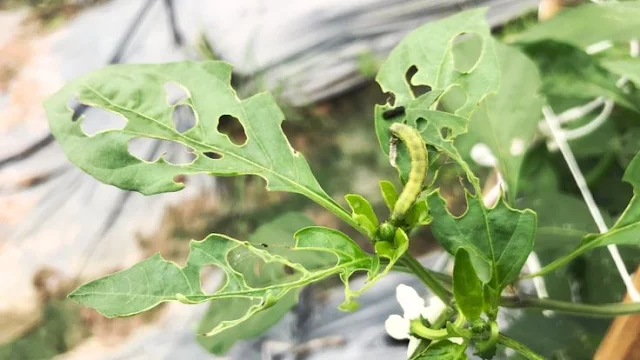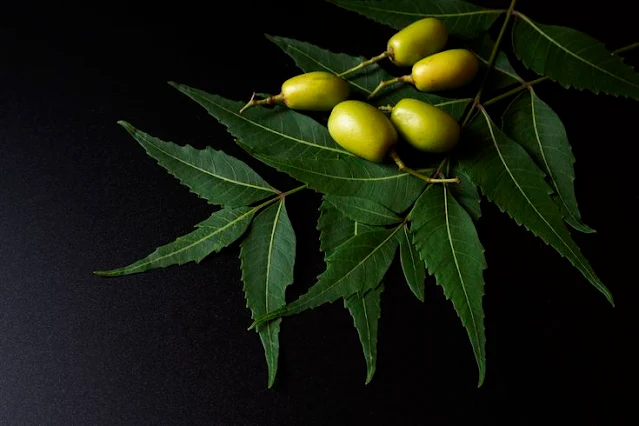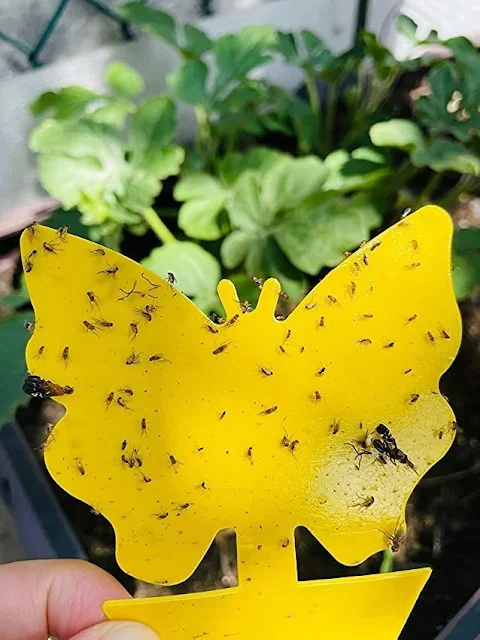How to Remove Pests from Your Indoor Garden Plants: Effective Solutions and Preventive Measures
Introduction
Indoor gardening can be a rewarding hobby, but pests are one of the most common challenges faced by plant enthusiasts. Whether you are a beginner or an experienced gardener, dealing with pests is an inevitable part of the process. These pests can damage plants, disrupt their growth, and even spread diseases. In this guide, we will explore how to remove pests from indoor garden plants effectively. You’ll find practical solutions, prevention tips, and expert advice on maintaining a healthy, pest-free indoor garden.
Table of Contents
- Understanding Common Indoor Garden Pests
- Signs of Pest Infestation
- Natural Methods to Eliminate Pests
- Chemical Solutions for Severe Infestations
- Preventive Measures to Keep Pests Away
- How to Treat Specific Pests
- 6.1 Aphids
- 6.2 Spider Mites
- 6.3 Mealybugs
- 6.4 Fungus Gnats
- Key Takeaways
- FAQ
1. Understanding Common Indoor Garden Pests
Before you can effectively deal with pests, it's essential to understand which pests are most likely to invade your indoor garden. Here are some of the most common ones:
1.1 Aphids
Aphids are small, soft-bodied insects that suck sap from plants, leading to yellowing leaves and stunted growth.
1.2 Spider Mites
These tiny arachnids are often hard to see with the naked eye, but they can cause significant damage by sucking out plant juices, resulting in a speckled or yellow appearance on leaves.
1.3 Mealybugs
Mealybugs are small, white, cotton-like insects that also feed on plant sap. They can weaken plants over time and are particularly problematic in humid environments.
1.4 Fungus Gnats
Fungus gnats tend to target the soil around your plants, where their larvae feast on organic material. They are more of a nuisance than a direct threat to plants but can cause root damage in severe cases.
2. Signs of Pest Infestation
Recognizing the signs of pest infestation early can help you control the problem before it becomes widespread. Look for:
- Yellowing leaves: Common sign of aphids and spider mites.
- Sticky residue: This could be a sign of aphids or mealybugs.
- Webbing: Fine webs on plants indicate a spider mite issue.
- Small flying insects: Fungus gnats or whiteflies are often visible around plants.
- Wilting or stunted growth: Caused by various pests feeding on plant sap.
3. Natural Methods to Eliminate Pests
If you prefer eco-friendly solutions, there are several natural methods that can help rid your plants of pests without resorting to chemicals.
3.1 Neem Oil
Neem oil is a powerful natural insecticide. It works by disrupting the feeding and reproductive patterns of pests, helping to reduce their numbers. Simply mix neem oil with water and spray it on your plants.
3.2 Diatomaceous Earth
Diatomaceous earth is a powdery substance made from fossilized remains of diatoms. It works by damaging the exoskeletons of insects, causing them to dehydrate and die. Apply it lightly to the soil and affected areas.
3.3 Insecticidal Soap
Insecticidal soap is an effective, non-toxic way to treat pests. It works by breaking down the pest's cell walls, leading to dehydration. Use a diluted version and spray it on both the tops and undersides of leaves.
3.4 Companion Planting
Certain plants, such as basil and marigolds, naturally repel pests like aphids and spider mites. Planting them near your indoor plants can act as a natural pest deterrent.
4. Chemical Solutions for Severe Infestations
In cases where natural remedies are not effective, chemical solutions might be necessary. While these are more potent, they should be used with caution.
4.1 Insecticides
If natural remedies aren't enough, consider using an insecticide designed for indoor plants. Choose one that targets a wide range of pests without harming your plants. Be sure to follow the manufacturer's instructions carefully.
4.2 Systemic Insecticides
These insecticides are absorbed by the plant and can kill pests that feed on the plant. They are useful in cases where pests have become resistant to topical treatments.
5. Preventive Measures to Keep Pests Away
The best way to deal with pests is to prevent them from entering your indoor garden in the first place. Here are a few preventive measures:
- Inspect new plants: Before bringing any new plant into your home, check it carefully for pests. Quarantine new plants for a week to ensure they are pest-free.
- Maintain cleanliness: Remove dead leaves and debris from the soil to eliminate hiding places for pests.
- Proper watering: Overwatering can create conditions that attract pests like fungus gnats. Ensure that your plants' pots have proper drainage.
- Good air circulation: Ensure your plants have enough space for air to circulate, as stagnant air can create a perfect environment for pests.
6. How to Treat Specific Pests
Different pests require different treatments. Here's how to deal with some of the most common indoor plant pests.
6.1 Aphids
Aphids are soft-bodied insects that suck plant sap, often causing leaves to curl and yellow. You can treat aphid infestations with insecticidal soap or neem oil. For a more natural approach, try spraying them off with a strong stream of water.
6.2 Spider Mites
Spider mites are tiny and difficult to spot, but their damage is easy to identify. Use neem oil or insecticidal soap to treat spider mites. To control their spread, increase humidity around your plants, as spider mites thrive in dry conditions.
6.3 Mealybugs
Mealybugs are another sap-sucking pest that leaves behind a sticky residue. These pests are best treated with alcohol. Soak a cotton swab in rubbing alcohol and gently wipe the pests off your plant. For larger infestations, spray the plant with insecticidal soap.
6.4 Fungus Gnats
Fungus gnats are more of a nuisance than a serious threat. To eliminate them, allow the soil to dry out between waterings, as the larvae need moist soil to thrive. You can also use yellow sticky traps to capture the adult gnats.
Key Takeaways
- Early detection is key: Keep a close eye on your plants for any signs of pests, including yellowing leaves, webbing, or small flying insects.
- Natural methods: Use neem oil, diatomaceous earth, or insecticidal soap as non-toxic ways to control pests.
- Prevention: Quarantine new plants, maintain cleanliness, and ensure proper watering to prevent infestations.
- Chemical treatments: When natural solutions don’t work, use insecticides or systemic insecticides with care.
FAQ
Q1: How do I prevent pests from spreading to other plants?
A1: Quarantine new plants for at least a week before introducing them to your indoor garden. If one plant is infested, isolate it from others to prevent pests from spreading.
Q2: Can I use homemade remedies to kill pests?
A2: Yes! Homemade remedies such as a mixture of water and dish soap, or even garlic and chili pepper sprays, can be effective in treating minor infestations.
Q3: Is neem oil safe for indoor plants?
A3: Yes, neem oil is safe for most indoor plants and can help treat a variety of pests without harming your plants. However, always test it on a small area of the plant first.
Q4: How often should I check my indoor plants for pests?
A4: It's a good idea to inspect your plants regularly, at least once a week, for any signs of pests. Early detection can prevent a larger infestation.
By following the tips and solutions outlined in this guide, you can successfully remove pests from your indoor garden plants and keep them healthy and thriving. Remember, prevention and early intervention are the most effective ways to maintain a pest-free environment for your plants.
Images:
- Image 1: A close-up of aphids on a leaf.
- Image 2: A person applying neem oil to plants.
- Image 3:Yellow sticky traps capturing fungus gnats.
- Image 4: An indoor plant with healthy leaves after pest treatment.
This format provides the detailed steps for pest control and includes easy-to-understand tips for an 8th-9th grade reading level. Let me know if you need further adjustments!






.jpeg)
No comments:
Post a Comment